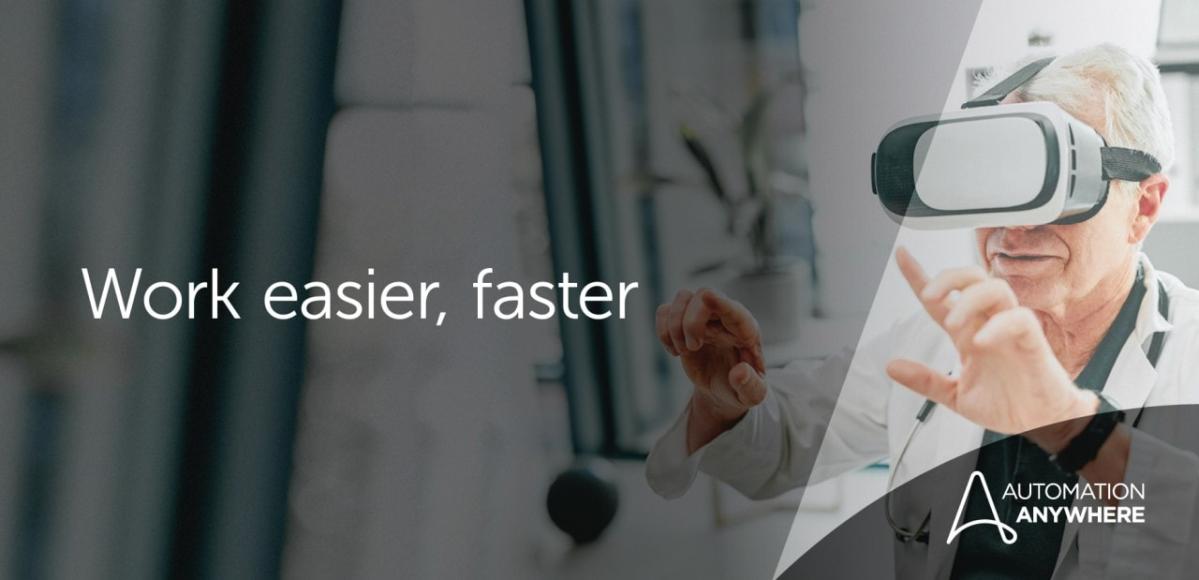- Login
- Search
- Contact Us
-
Have a question? Our team is here to help guide you on your automation journey.
-
Explore support plans designed to match your business requirements.
-
How can we help you?
-
- AI
AI Without the Hype From pilot to full deployment, our experts partner with you to ensure real, repeatable results. Get Started
- Automation Anywhere AI
-
- Solutions
Featured Agentic Solutions
Accounts Payable Invoice automation—No setup. No code. Just results. Accounts Payable
Customer Onboarding Scale KYC/AML workflows. Customer Onboarding
Customer Support Keep queues moving, even at peak load. Customer Support
Healthcare RCM Revenue cycle management that runs itself. Healthcare RCM
- Products
Platform Features
- Agentic process automation (APA)
- Robotic Process Automation (RPA)
- View all Products
-
- Resources
Get Community Edition: Start automating instantly with FREE access to full-featured automation with Cloud Community Edition.
Featured
 Named a 2025 Gartner® Magic Quadrant™ Leader for RPA.Recognized as a Leader for the Seventh Year in a Row Download report Download report
Named a 2025 Gartner® Magic Quadrant™ Leader for RPA.Recognized as a Leader for the Seventh Year in a Row Download report Download report- Become an Expert
- Developer Tools
- Get Support
- View all resources
-
- Partners
Find an Automation Anywhere Partner Explore our global network of trusted partners to support your Automation journey Find a Partner Find a Partner
- Find a Partner
- For Partners
-
Blog
The Future of Automation: Human-Machine Interaction
Navigate to content
The global human-machine interface (HMI) market reached a value of 3.7 billion US dollars and might grow to 7.2 billion US dollars by 2026. HMI is a critical factor in the future of automation. It allows machines and humans to interact, making work easier and faster.
The rise of automation has significantly impacted the workforce and the economy. And it's changing how workers interact with machines, leading to new human-machine interaction (HMI).
In the future, machines will become more advanced and increasingly used to working on tasks that humans currently do. How we interact with devices will change, and HMI will become even more critical. Read more to learn about the future of automation and HMI.
Working together
HMI is a broad term that covers the various ways humans and machines interact. That includes anything from using a computer to operate a machine to using natural language processing to communicate with a virtual assistant.
The continued advancement of automation technologies and how we use them in the workforce will shape the future of automation. Some of the most common forms of human-machine interaction include:
1. Operator interfaces
These are the controls an operator uses to work a machine. The most common type is the graphical user interface (GUI), which consists of images, icons, and windows that allow users to interact with a machine or program.
2. Natural language processing (NLP)
Statista reported that the NLP market could be 14 times larger in 2025 than in 2017—around a 40 billion US dollar increase. This technology involves teaching machines to understand human speech. It’s used in virtual assistants, such as Amazon’s Alexa and Apple’s Siri, and is becoming more common in the workplace.
3. Augmented reality (AR)
AR overlays digital information and images on the real world. It could inform workers about the machines they’re operating or their tasks soon. Applications like Google Glass and Microsoft HoloLens use this.
4. Virtual reality (VR)
As with AR, VR is a technology that can create digital environments. Unlike AR, however, it replaces the real world with a computer-generated one. It has potential applications in training workers for future automation technologies.
5. Robotics
Robotics is a branch of engineering that deals with robot design, construction, and operation. It’s used extensively in manufacturing and is becoming more common in other industries. It also includes haptic feedback, allowing humans to interact with machines using touch.
Based on recent statistics, around 400,000 new industrial robots arrive on the market yearly, where South Korea has the highest robotics density at 900 robots per 10,000 employees.
Leveraging the strengths
It is clear that the future of automation lies in human-machine interaction. Understanding and leveraging the strengths of humans and machines can create a world where everyone benefits from the advances of automation.
See How Automation Can Help Your Business.
About Automation Anywhere Staff
Get to know the Agentic Process Automation System.

For Students & Developers
Start automating instantly with FREE access to full-featured automation with Cloud Community Edition.



